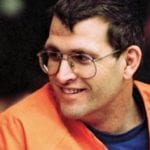 Food
Food  Food
Food  History
History 10 Odd Things Colonial Americans Kept at Home
 Weird Stuff
Weird Stuff 10 Superstitious Beliefs That Once Consumed Entire Cultures
 History
History 10 Bizarre Friendly Fire Incidents in Military History
 Technology
Technology 10 Modern Technologies That Accidentally Imitate Ancient Magic
 Mysteries
Mysteries 10 Mysteries of the Human Genome
 Weird Stuff
Weird Stuff 10 Things So Rare They’ve Only Been Found Once
 History
History 10 Legends Whose Last Moments Undid Their Glory
 Health
Health 10 Futuristic Ideas to Treat Common Medical Problems
 Weird Stuff
Weird Stuff Ten Surreal Attempts to Reverse Baldness
 Food
Food 10 Everyday Foods You Didn’t Know Were Invented by the U.S. Military
 History
History 10 Odd Things Colonial Americans Kept at Home
 Weird Stuff
Weird Stuff 10 Superstitious Beliefs That Once Consumed Entire Cultures
Who's Behind Listverse?

Jamie Frater
Head Editor
Jamie founded Listverse due to an insatiable desire to share fascinating, obscure, and bizarre facts. He has been a guest speaker on numerous national radio and television stations and is a five time published author.
More About Us History
History 10 Bizarre Friendly Fire Incidents in Military History
 Technology
Technology 10 Modern Technologies That Accidentally Imitate Ancient Magic
 Mysteries
Mysteries 10 Mysteries of the Human Genome
 Weird Stuff
Weird Stuff 10 Things So Rare They’ve Only Been Found Once
 History
History 10 Legends Whose Last Moments Undid Their Glory
 Health
Health 10 Futuristic Ideas to Treat Common Medical Problems
 Weird Stuff
Weird Stuff Ten Surreal Attempts to Reverse Baldness
10 Awful Facts About The Trailside Killer
A lot of people enjoy a nice, scenic hike in the woods. Getting out into nature is relaxing and good for the soul. It’s fun to do it at least once in summer or autumn.
Unfortunately, this list will not make you want to go hiking. That is because David Carpenter (aka “the Trailside Killer”) spent the years from 1979 to 1981 preying on hikers and nature walkers in and around Northern California.
The Santa Cruz Mountains and the more bucolic parts of Marin County were Carpenter’s favorite hunting grounds. There, the Trailside Killer raped and murdered 7–10 individuals. One of the few people who managed to escape Carpenter wound up giving birth to a famous Hollywood actress, thus connecting the vile Trailside Killer to the lively world of entertainment.
10 Birth Of A Monster

David Joseph Carpenter was born on May 6, 1930, to Elwood and Frances Carpenter in San Francisco. Several sources claim that Elwood was an abusive alcoholic who regularly tormented his wife and son.
Between the ages of three and 11, David suffered from a pronounced stutter. This made him an easy target for schoolyard bullies. Making matters worse, David was forced to take ballet and violin lessons as a child and had a propensity to dress in garish clothes. Darker clouds, such as David’s bed-wetting and viciousness toward animals, hinted at his later activities.
At age 14, Carpenter was sentenced to California’s Napa State Hospital for undisclosed sex offenses. Three years later, he was sentenced to the California Youth Authority after he was caught molesting his cousins. They were three and eight.
Following his release, Carpenter lived what appeared to be an ordinary life. In 1955, the 25-year-old man married 19-year-old Ellen Heattle. The couple had three children together—Michael David (born 1956), Gabrielle Louise (born 1958), and Circe Anne (born 1960). Despite having three children, Ellen later told authorities that her husband was a sex addict who demanded intercourse at least three times a night.
1960 would prove to be the year when Carpenter finally put his lust for sex and violence together. In July, he attacked Lois DeAndrade with a claw hammer and knife. This occurred within the vicinity of Wayne Hicks, a military police officer.[1]
When Hicks tried to stop the assault, Carpenter shot at him. Carpenter proved to be a lousy shot; Hicks was much better. He managed to hit Carpenter in the stomach and leg.
For the assault on DeAndrade, Carpenter was sentenced to 14 years in a federal prison. However, he only served about seven years. In 1970, he returned to prison after being charged with kidnapping. Seven must have been Carpenter’s lucky number, for the con man earned his second release from prison in 1977 after serving another seven years.
9 The Murder Of Edda Kane
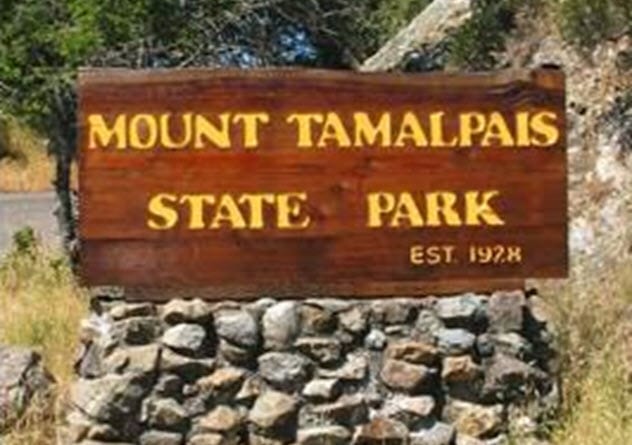
All told, David Carpenter’s crime spree as the Trailside Killer would only last for about 20 months. It all began on August 19, 1979. That day, Edda Kane spent the afternoon hiking the trails of Mount Tamalpais, which overlooks San Francisco’s majestic Golden Gate Bridge.
When Edda failed to return home after her hike, her husband called the police and reported Edda missing. The police mobilized several officers, including K-9 units.[2]
The first search for Edda turned up with nothing. The second search began the next day at dawn. This one would uncover Edda’s murdered body. She was found nude and in a kneeling position. Her killer had stood behind her and shot her once in the head execution style.
Investigators also discovered that Edda’s killer had rummaged through her purse and stolen her credit cards and a pair of sunglasses. The authorities were surprised to learn that Edda had not been sexually assaulted.
Police in San Francisco and nearby counties asked the public for information. They did not get much besides some hikers saying that they had seen two men acting suspiciously in the park on the day of the murder.
8 The Murder Of Barbara Schwartz
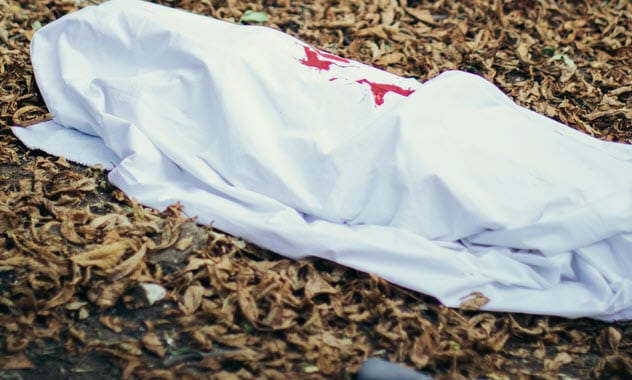
Like Edda Kane, 23-year-old Barbara Schwartz was a native of Mill Valley, California. Unlike Kane and the majority of Carpenter’s victims, Schwartz did not die courtesy of a bullet wound.
While she was out hiking with her dog in March 1980, a strange man leaped out of the trees and attacked Schwartz. A female eyewitness who was out jogging that day saw the man attack Schwartz from behind with a knife. The killer slashed and stabbed the helpless woman. By the time the eyewitness came back with police officers, Schwartz was dead and the killer was long gone.
Thanks to the eyewitness, homicide detectives now had a general description of the killer. The jogger described him as “slim” and somewhere around age 25. Neither of these proved to be accurate.[3]
Insofar as physical evidence was concerned, police did manage to find a pair of bifocal glasses at the crime scene. Days later, a couple of boys also found the murder weapon—a 25-centimeter (10 in) boning knife that proved to have Schwartz’s blood all over it. The glasses turned out to be prison-issued specs, thus suggesting that the killer was a former or escaped inmate.
7 The Murder Of Anne Alderson

1980 proved to be the Trailside Killer’s most active year. Following the murder of Barbara Schwartz, Carpenter’s next victim, 26-year-old Anne Alderson of San Rafael, California, died on October 15, 1980.
Like many of the others, Alderson, a Peace Corps volunteer, spent her last day of life out in the woods in Mount Tamalpais State Park. At some point during her hike, she ran into Carpenter, who killed her with three bullets fired from a handgun.
Alderson’s body was not found until October 16. The Alderson crime scene mirrored that of Edda Kane. Alderson had been shot in the back of the head and was found in a kneeling position. Unlike Kane, Alderson had been raped by her killer. When police asked around for eyewitnesses, they received very different descriptions of a supposedly 50-year-old man seen hanging around the park on the day in question.[4]
6 The Murders Of Diane O’Connell And Shauna May
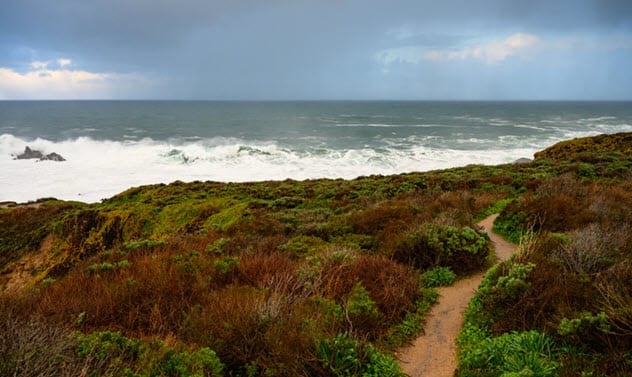
Carpenter struck twice on November 28, 1980. On that day, he not only raped and murdered 22-year-old Diane O’Connell, but he also did the same thing to 25-year-old Shauna May of Idaho.
On that fateful November day, both women had decided to hike in the beautiful Point Reyes National Seashore Park. (For horror movie fans, this is the same place where John Carpenter’s The Fog was filmed.)
May was supposed to meet friends later in the day, but of course, she never showed up. At 3:10 PM on the 28th, hikers in the park heard several gunshots. More shots were heard around 3:20 PM. The hikers did not know it, but these gunshots denoted two separate murders.
The next day, the bodies of O’Connell and May were found side by side and facedown. The killer had stuffed a pair of panties into O’Connell’s mouth and nose while leaving another pair of bloodstained panties on O’Connell’s arm. A forensic examination proved that O’Connell had been strangled with a narrow piece of wire or cord while still alive. She and May had both been shot in the head.[5]
May’s corpse showed ligature marks on her wrists. Her body contained semen in her vagina and anus. Although no semen was found on O’Connell’s body, she, like May, had been brutally raped before her death.
The most troubling part about this double murder was the fact that neither woman knew the other. Therefore, detectives concluded that one woman had come upon Carpenter murdering the other woman by chance, thus sealing her doom.
5 The Murders Of Richard Stowers And Cynthia Moreland
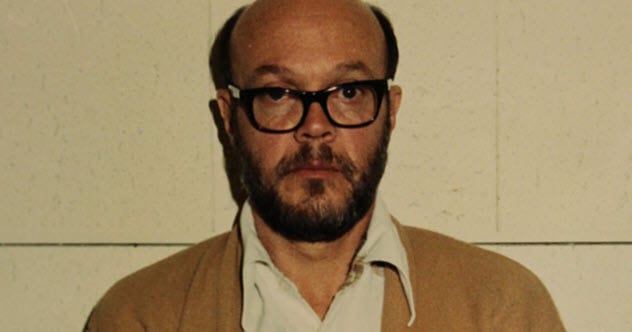
Nineteen-year-old E. Richard Stowers of Petaluma, California, and 18-year-old Cynthia Moreland of Cotati, California, were supposed to get married. However, the couple went missing in mid-October 1980 after setting off for a hiking excursion at Point Reyes National Seashore Park. Although they were killed before O’Connell and May, their bodies were not discovered until late November 1980.
At the time of their deaths, Stowers was stationed with the US Coast Guard at the Two Rock Coast Guard training base. Moreland was a recent graduate of Rancho Cotate High School, where she had been a popular cheerleader.[6]
The killer snuffed out both their lives by shooting them execution style. The Stowers-Moreland crime scene did cough up one of the first major breaks in the Trailside Killer case. Namely, shell casings found at the scene were a match with those from the Alderson crime scene.
As it turned out, the gun used in all three murders was a .38-caliber pistol (some sources say it was a .45-caliber gun) that had been purchased in October 1980. The buyer, Mollie Purnell, bought the firearm at a gun store in San Leandro, California.
Purnell then gave the gun to Carpenter, who could not legally purchase firearms because of his criminal record. Purnell would later state that she gave the gun to the Trailside Killer as payment for her debt to Carpenter, who had provided Purnell with several items for her flea market.
4 The Murder Of Ellen Hansen And Attempted Murder Of Steven Haertle
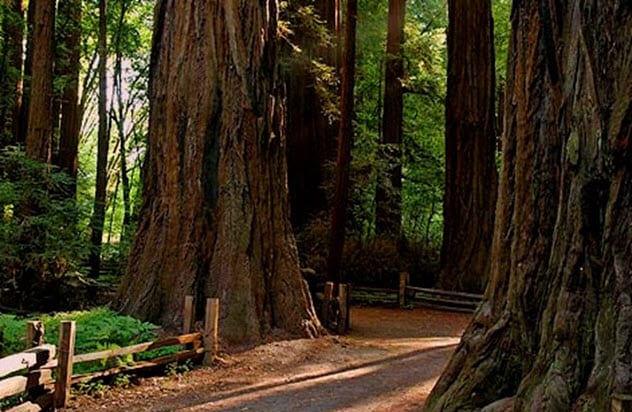
David Carpenter landed himself a new job in February 1981. After working for a chain distributor following his release from prison, he took a job with Econo Quick Print, a small printing shop in Hayward, California. Carpenter kept quiet for a month before he attacked again. This time, he struck in the Henry Cowell Redwoods State Park.
On March 29, 1981, Carpenter came upon 20-year-old Ellen Hansen and her friend, 20-year-old Steven (or Stephen) Haertle. The pair was trying to enjoy a lovely stroll across the Santa Cruz Mountains when Carpenter struck.
He made his intentions clear when he told both that he wanted to rape Hansen. After sexually assaulting her, Carpenter shot Hansen and Haertle. Hansen died, while Haertle managed to survive.
Haertle provided police with a clear description of Hansen’s killer, plus he and other eyewitnesses told investigators to be on the lookout for a small red car of foreign make. The car turned out to be Carpenter’s red Fiat. Haertle would also pick out Carpenter in a police lineup, but all this information came too late to save his final victim—Heather Scaggs.[7]
3 The Murder Of Heather Scaggs

Twenty-year-old Heather Scaggs went missing on May 1, 1981. Her decomposing body would later be found in Big Basin State Park. More than any of his other victims, Carpenter had a direct link to Scaggs.
A college undergraduate, she had worked at Econo Quick Print to make some extra money. One of her coworkers was none other than David Carpenter. Gossip around the office was that the older Carpenter was a “creep” who wanted to date the much younger Scaggs.
Apparently, Scaggs did not put much stock into these office rumors. She asked Carpenter to give her a ride to Santa Cruz so that she could purchase a car from one of his friends. That would be the last time that anyone saw Heather Scaggs alive.
On May 24, 1981, hikers in Big Basin State Park discovered Scaggs’s nude and decomposing corpse. Semen was found in her vagina, and an autopsy proved that she had died from a point-blank shot to the face.
Besides the fact that Carpenter was the last person seen with Scaggs before her death, investigators proved that the same .38-caliber handgun had killed both Scaggs and Hansen. This gun was traced back to Carpenter. He had been given the firearm by a male friend who had purchased the handgun on Carpenter’s behalf.[8]
2 Arrest, Conviction, And Other Murders

David Carpenter was charged with five counts of murder, rape, and attempted rape on July 31, 1981. Due to all the publicity that the murders received in Santa Cruz County, Carpenter’s trial was moved to Los Angeles County. There, on November 16, 1984, Carpenter was sentenced to death.
Even before the verdict was rendered, Carpenter was the prime suspect beyond the five murders with which he was charged. (Two of those convictions would later be overturned due to juror misconduct.) Although he was never convicted, most believe that the evidence against Carpenter in the murders of Edda Kane and Barbara Schwartz is overwhelming.
Carpenter is also the chief suspect in the disappearance and death of 17-year-old Anna Kelly Menjivar. She disappeared on December 28, 1980. Menjivar’s family and friends ruled out the idea that the aspiring college student simply ran away from her responsibilities. This was confirmed when hikers in Castle Rock State Park found Menjivar’s skeletal remains on June 16, 1981.
Prior to her death, Carpenter was known to frequent the Continental Savings and Loan where Menjivar worked as a part-time teller. Eventually, after the awkward and charmless Carpenter was seen chatting with Menjivar, one of the bank’s customers warned management about him. This occurred just days before Menjivar’s disappearance.
Mary Frances Bennett was just 23 years old when police discovered her corpse on October 21, 1979. As Bennett was found wearing running shoes, a T-shirt, and shorts, homicide investigators believed that her attacker had pounced on her while she was out running along Lands End in San Francisco.
Bennett, a resident in San Francisco’s Sunset District, was stabbed 25 times in her neck, chest, and back. Detectives assigned to the Bennett case were convinced that Carpenter was her killer, but they would have to wait decades for absolute proof. It came in 2010 when unspecified DNA taken from the 1979 crime scene was tested and found to match Carpenter.
His name has also been raised in connection with the Zodiac Killer. Like the Zodiac, Carpenter typically used a handgun to dispatch his victims. Carpenter and the Zodiac also favored the isolated and rural hangouts of the Bay Area. However, by 1988, it was conclusively proven in court that Carpenter was incarcerated during several of the Zodiac murders.[9]
1 The One That Got Away

The April 16, 2019, episode of The Real Housewives of Beverly Hills contained more than the usual vapid, puerile, and manufactured drama. On that episode, 55-year-old actress and model Lisa Rinna revealed that her mother, Lois Rinna, had survived a horrible attack years before Lisa was born. In fact, Lois had almost been a murder victim.
According to Lisa, her 90-year-old mother had once worked with Carpenter. On the day of the attack, he picked up Lois from a San Francisco bus stop. At around 10:00 AM, Carpenter drove Lois down a desolate road. When she protested, Carpenter began attacking her with a knife and hammer.
Lois was saved by a quick-thinking military policeman. That’s right. In case you have already forgotten the story, Lois Rinna was named Lois DeAndrade back in 1960. Lisa Rinna’s mother was none other than the lucky woman who managed to survive David Carpenter’s first attempt at rape and murder.[10]
This might not be Carpenter’s only connection to Hollywood. Although it has never been stated, the 1983 Charles Bronson film 10 to Midnight features a serial killer reminiscent of Carpenter.
Like the real Trailside Killer, Warren Stacy (played by Gene Davis) is a weirdo who not only preys on lovers enjoying alone time in state parks but also murders a female coworker. The film takes place in California, too.
Benjamin Welton is a freelance writer based in Boston.
Read more disturbing stories about terrifying serial killers on 10 Disturbing Facts About ‘The Meanest Man In America’ and 10 Gruesome Facts About The Kansas City Butcher.






